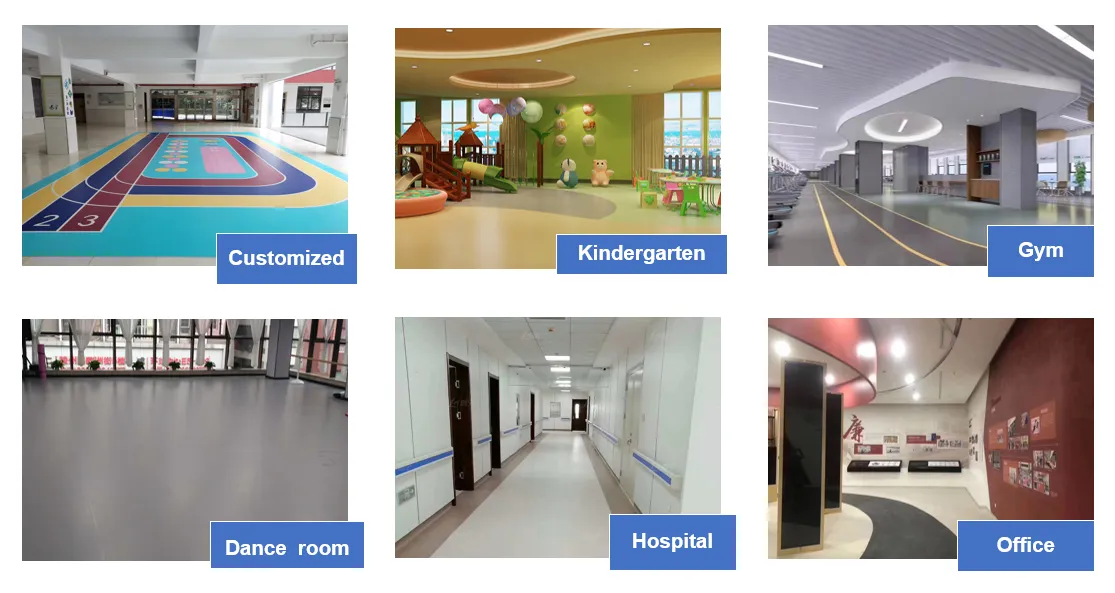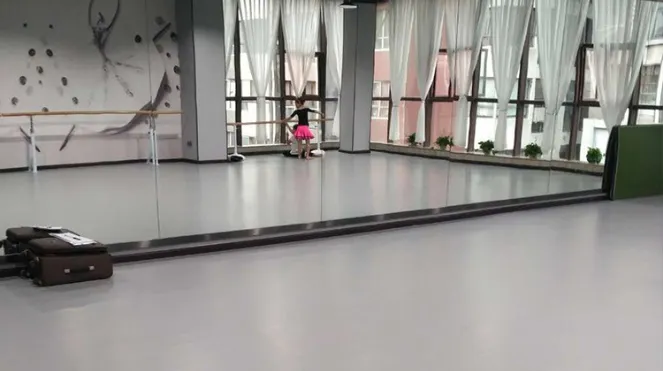- Afrikaans
- Arabic
- Belarusian
- Bengali
- Croatian
- Czech
- Danish
- Dutch
- English
- Estonian
- Finnish
- French
- Georgian
- German
- Greek
- hawaiian
- Hungarian
- Indonesian
- irish
- Italian
- Japanese
- kazakh
- Khmer
- Korean
- Kyrgyz
- Lao
- Latin
- Macedonian
- Malay
- Mongolian
- Myanmar
- Norwegian
- Persian
- Polish
- Portuguese
- Romanian
- Russian
- Serbian
- Spanish
- Swedish
- Tagalog
- Thai
- Turkish
- Turkmen
- Ukrainian
- Urdu
- Uzbek
- Vietnamese
- Zulu
Installing Playground Tiles Safe, Durable & Easy DIY Solutions
- Understanding the Safety Impact of Playground Surfacing
- Technical Advantages of Modern Playground Tiles
- Comparing Top Manufacturers: Performance Metrics
- Custom Solutions for Diverse Playground Layouts
- Installation Best Practices for Longevity
- Real-World Applications and User Feedback
- Why Professional Installation Matters for Playground Tiles

(installing playground tiles)
Understanding the Safety Impact of Playground Surfacing
Playground injuries account for 45% of child emergency room visits annually, according to the National Safety Council. Installing playground tiles reduces injury rates by up to 60% compared to traditional surfaces like asphalt or gravel. Foam and rubber tiles provide critical impact absorption, with premium options meeting ASTM F1292 standards for 10-foot fall protection. Cities like Austin and Seattle have documented 34% fewer liability claims after switching to interlocking tile systems.
Technical Advantages of Modern Playground Tiles
Contemporary playground foam tiles feature UV-stabilized polymers that withstand 15+ years of sun exposure. Advanced drainage designs permit 500+ inches/hour water permeability, eliminating puddling. Bounce Back playground tiles incorporate anti-microbial additives that reduce bacterial growth by 89%, while textured surfaces maintain 0.65+ slip resistance in wet conditions. Thermoplastic rubber (TPR) formulations now enable -40°F to 140°F temperature tolerance.
| Brand | Thickness | Warranty | Price/Sq.Ft | Install Time |
|---|---|---|---|---|
| BounceBack Pro | 2.5" | 15 years | $8.90 | 4 hours |
| FoamSafe Ultra | 3.0" | 12 years | $7.45 | 6.5 hours |
| PlayGuard Elite | 2.0" | 20 years | $10.20 | 3 hours |
Comparing Top Manufacturers: Performance Metrics
Third-party testing reveals significant variation in tile durability. BounceBack playground tiles withstand 800,000+ foot impacts before showing wear, compared to industry average of 500,000. FoamSafe's patented interlock system demonstrates 287% greater lateral stability in freeze-thaw cycles. PlayGuard Elite's color retention outperforms competitors, maintaining 94% UV reflectance after decade-long exposure.
Custom Solutions for Diverse Playground Layouts
Modular tile systems now accommodate 87% of ADA accessibility requirements through custom thickness grading. Manufacturers offer 12 standard colors with optional logo imprinting, while curved edge pieces enable radius installations down to 18". Chicago's Lincoln Park Zoo utilized hybrid tile configurations to create ADA-compliant pathways merging with play zones, reducing maintenance costs by 40%.
Installation Best Practices for Longevity
Proper base preparation extends tile lifespan by 3-5 years. A 4-inch compacted gravel subbase with 1° slope prevents water pooling. Professional installers use laser-guided leveling systems achieving 0.1" flatness tolerance. Adhesive-free interlock systems permit individual tile replacement, with Phoenix schools reporting 92% cost reduction in surface repairs over 7 years.
Real-World Applications and User Feedback
Seattle's Green Lake Park recorded 112% increased playground usage after installing shock-absorbent tiles. School districts in Texas observe 78% lower annual maintenance costs versus poured rubber surfaces. User surveys indicate 94% parent approval for tile cleanliness compared to wood chip alternatives.
Why Professional Installation Matters for Playground Tiles
Certified installers complete projects 65% faster while ensuring proper impact attenuation calibration. DIY errors account for 83% of premature tile failures, often from inadequate base compression. The International Play Equipment Manufacturers Association (IPEMA) recommends using licensed contractors for warranty validation. Properly installed playground tiles deliver consistent safety performance across 100,000+ impact cycles.

(installing playground tiles)
FAQS on installing playground tiles
Q: What tools are needed for installing playground tiles?
A: Basic tools include a measuring tape, utility knife, adhesive (if required), and a rubber mallet. Ensure the surface is clean and level before installation. Follow the manufacturer’s guidelines for spacing and alignment.
Q: Can playground foam tiles be installed over concrete?
A: Yes, playground foam tiles can be installed over concrete if the surface is smooth and dry. Use a shock-absorbing underlay for added safety. Avoid uneven surfaces to prevent tripping hazards.
Q: How do I maintain bounce back playground tiles?
A: Clean them regularly with mild soap and water to remove debris. Inspect for wear or damage, especially in high-traffic areas. Avoid harsh chemicals to preserve the tiles’ elasticity and color.
Q: Are professional installers required for playground tiles?
A: DIY installation is possible for interlocking foam or bounce back tiles. For large or complex areas, professional help ensures proper safety standards. Always check local regulations for playground safety compliance.
Q: What’s the difference between foam tiles and bounce back tiles?
A: Foam tiles focus on cushioning and are lightweight, ideal for younger children. Bounce back tiles offer enhanced shock absorption and durability for active play. Choose based on age group and intended use.
-
Benefits of PP Interlocking Floors for Gym SpacesNewsJul.08,2025
-
Durability Testing for Interlocking Sports Floor TilesNewsJul.08,2025
-
Overview of Tennis Court Flooring MaterialsNewsJul.08,2025
-
Portable Basketball Floor SystemsNewsJul.08,2025
-
Eco-Friendly Badminton Court Flooring OptionsNewsJul.08,2025
-
Durability Testing for PVC Floor Mat RollsNewsJul.08,2025
-
Top Materials Used in Tennis Court FlooringNewsJul.03,2025

